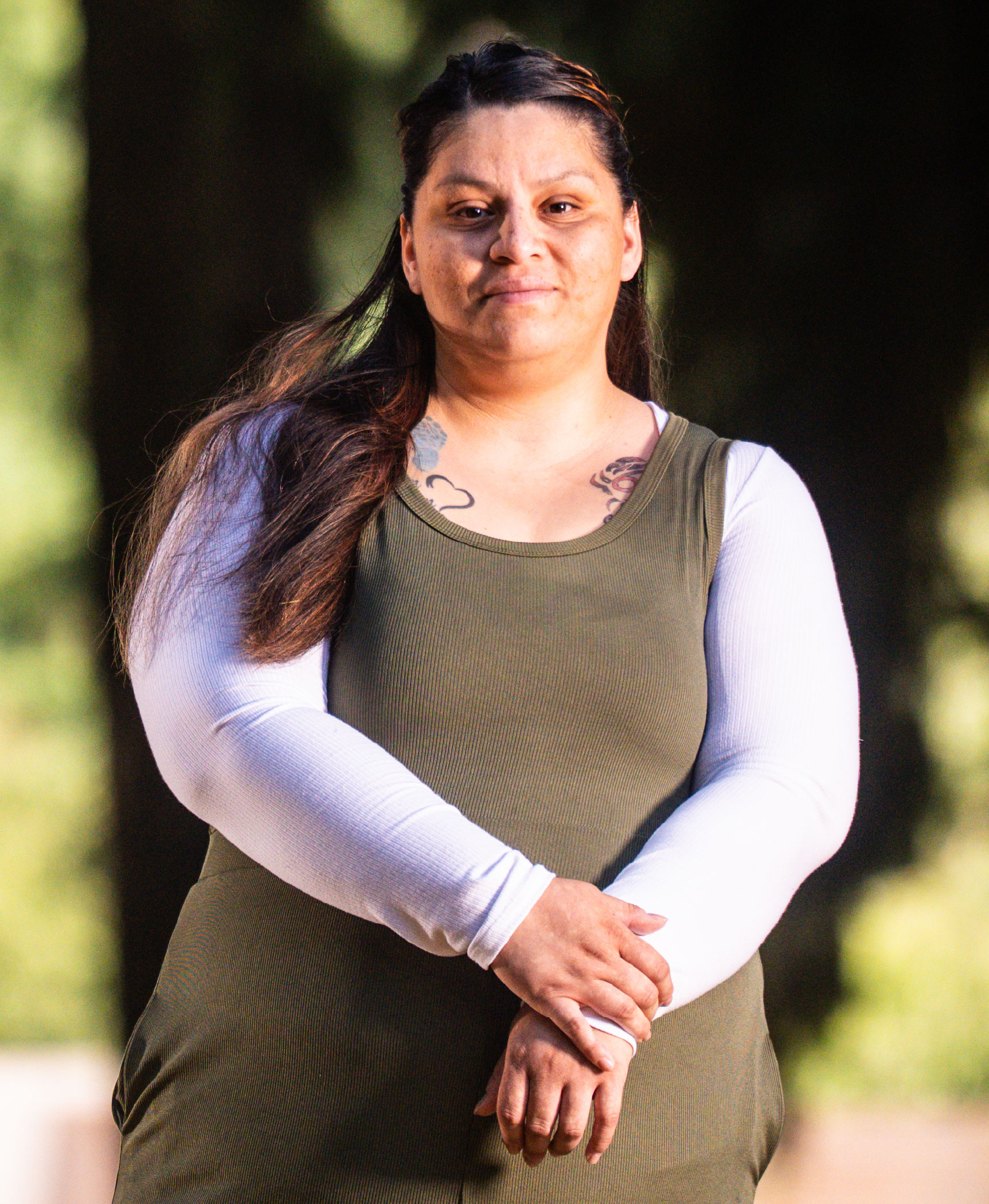Treatment
Alicia Oliver started treatment for the 19th time in 2022. She’d just survived a fentanyl overdose, her boyfriend’s shouts for help waking everyone in the house.
Before that 19th time, she says, “I wanted to stop using, and I couldn't stop using. I tried and tried and tried, and nothing helped. Nothing stuck for me.”
A different way forward.
Today, two big factors are shaping her long-term recovery. First, she wants to protect her children from seeing her so close to death again. She wants to keep living their family-focused, activity-filled days together at their home on the Muckleshoot Reservation.
Second, Alicia found a medication for opioid use disorder that works for her. Buprenorphine, also known as Suboxone, is one of several MOUD options available.
Before, like many people, Alicia believed taking daily medication meant you weren’t really in recovery. Her views have changed. She learned how opioid use disorder affects the brain — that it’s not a moral failing. She says:
It's important to know and understand that addiction is a disease, because you're probably wondering, ‘Why can't they just stop?’ Unless you know what goes on, you really can't understand how hard it is.
She uses medication to help manage her symptoms while she heals from trauma and lives her life. Like people with other illnesses, she worked with health care providers over time to find the medication and dose that worked best.
Now Alicia takes her kids to soccer, hip-hop, martial arts, tumbling. She’s taking college classes. She says: “There's more to life than using.”
‘I got myself out’
Alicia Oliver started treatment for the 19th time in 2022. She’d just survived a fentanyl overdose, her boyfriend’s shouts for help waking everyone in the house.
Before that 19th time, she says, “I wanted to stop using, and I couldn't stop using. I tried and tried and tried, and nothing helped. Nothing stuck for me.”
A different way forward.
Today, two big factors are shaping her long-term recovery. First, she wants to protect her children from seeing her so close to death again. She wants to keep living their family-focused, activity-filled days together at their home on the Muckleshoot Reservation.
Second, Alicia found a medication for opioid use disorder that works for her. Buprenorphine, also known as Suboxone, is one of several MOUD options available.
Before, like many people, Alicia believed taking daily medication meant you weren’t really in recovery. Her views have changed. She learned how opioid use disorder affects the brain — that it’s not a moral failing. She says:
It's important to know and understand that addiction is a disease, because you're probably wondering, ‘Why can't they just stop?’ Unless you know what goes on, you really can't understand how hard it is.
She uses medication to help manage her symptoms while she heals from trauma and lives her life. Like people with other illnesses, she worked with health care providers over time to find the medication and dose that worked best.
Now Alicia takes her kids to soccer, hip-hop, martial arts, tumbling. She’s taking college classes. She says: “There's more to life than using.”
‘I got myself out’
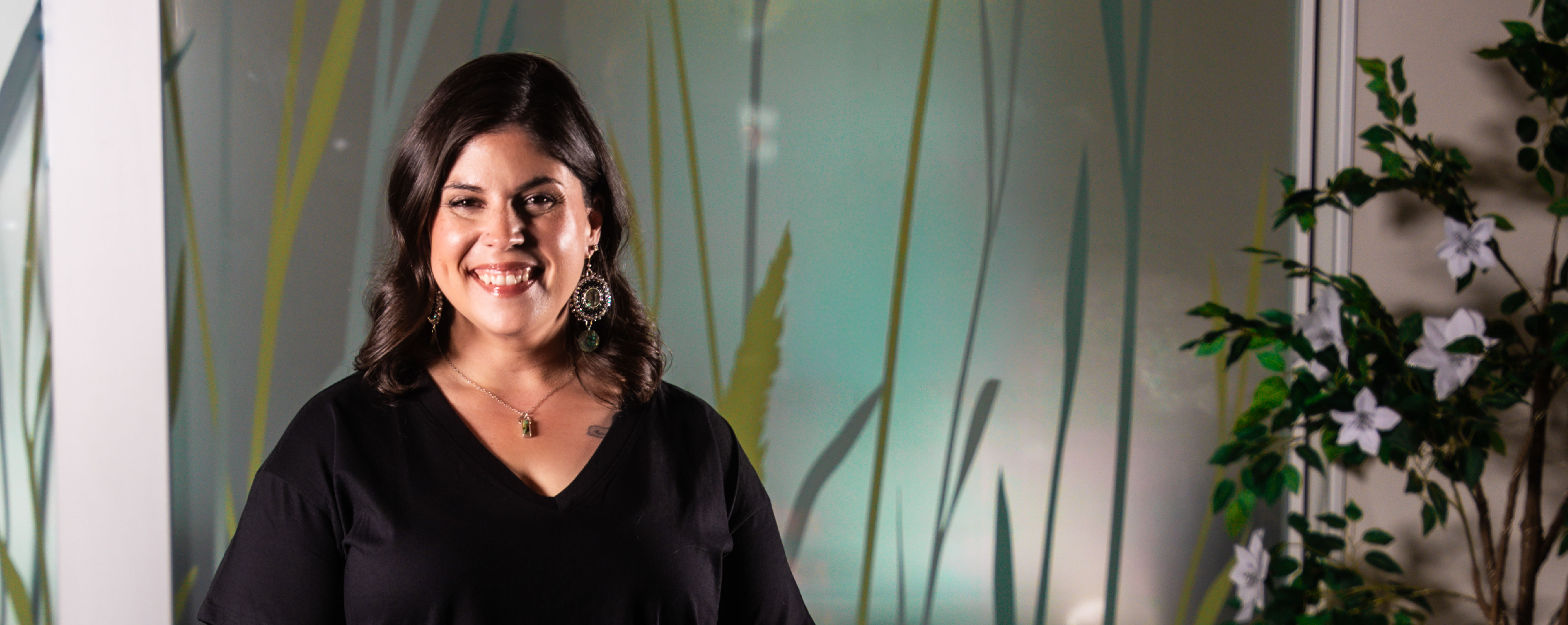
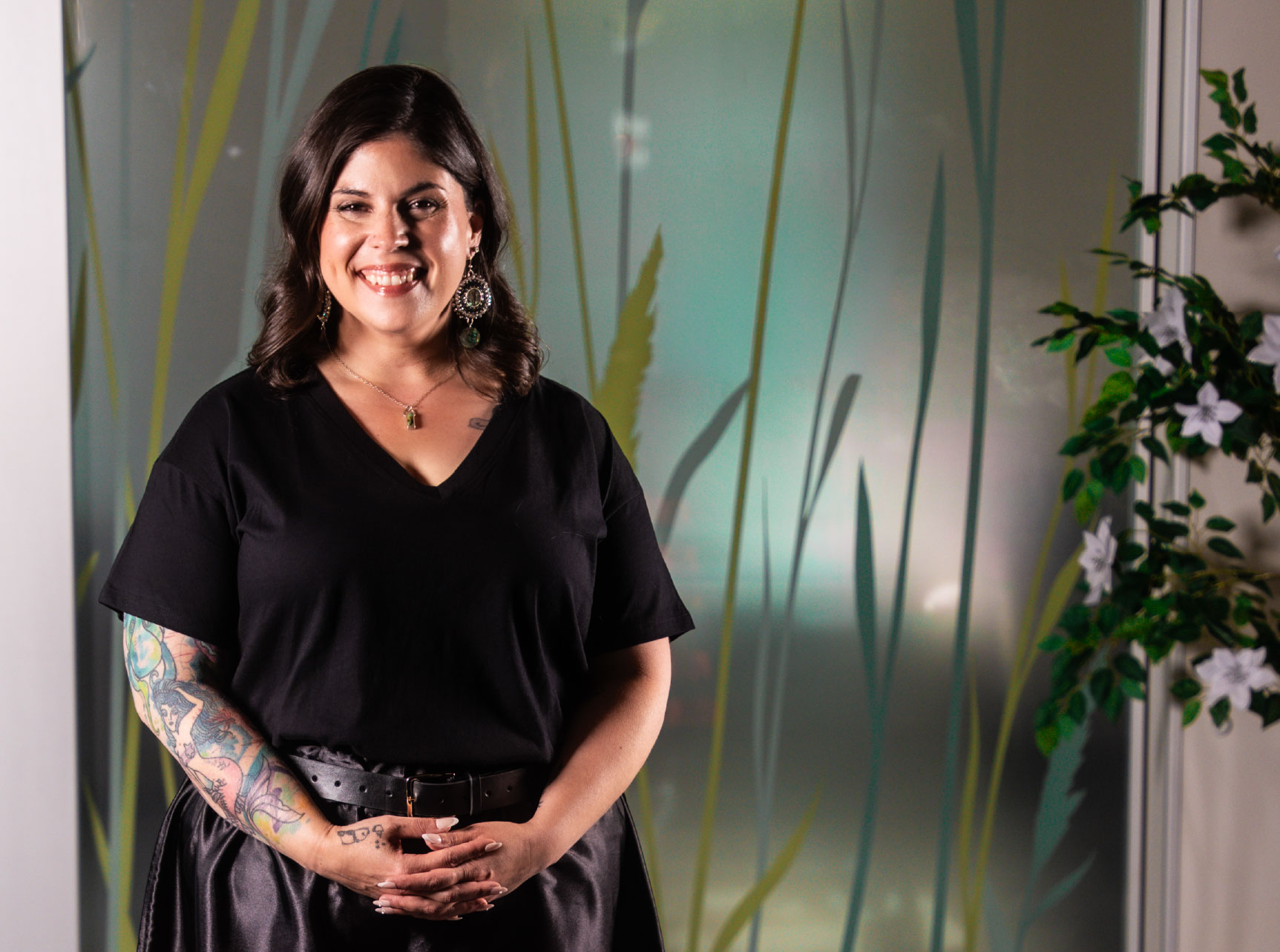
Medications for opioid use disorder, or MOUD, can also be called medication-assisted treatment, or MAT. Both refer to treatment that combines medication with counseling and other support. Medication maintenance is an effective treatment available for people who use opioids.
MOUD provides stability and safety.
Medication can make it possible for people to work on healing trauma, repairing relationships, building resilience, and learning new ways of coping. It can be an important part of Native-centered, whole-person care.
- Medication reduces the number of deaths from overdose.
- Medication can reduce chronic pain, cravings, and the risk of resuming drug use.
- Medication also has been shown to reduce the transmission rates of HIV and hepatitis C.
Taking medication is not the same as using fentanyl or other opioids off the street.
- Medication taken under a health care provider’s supervision is safer than fentanyl made in illegal labs.
- Health care providers can help each person find the right medication and dose for them.
Medications for opioid use disorder, or MOUD, can also be called medication-assisted treatment, or MAT. Both refer to treatment that combines medication with counseling and other support. Medication maintenance is an effective treatment available for people who use opioids.
MOUD provides stability and safety.
Medication can make it possible for people to work on healing trauma, repairing relationships, building resilience, and learning new ways of coping. It can be an important part of Native-centered, whole-person care.
- Medication reduces the number of deaths from overdose.
- Medication can reduce chronic pain, cravings, and the risk of resuming drug use.
- Medication also has been shown to reduce the transmission rates of HIV and hepatitis C.
Taking medication is not the same as using fentanyl or other opioids off the street.
- Medication taken under a health care provider’s supervision is safer than fentanyl made in illegal labs.
- Health care providers can help each person find the right medication and dose for them.
Every person’s treatment will look different.
Medication options for opioid use disorder include methadone, buprenorphine, and naltrexone. People work with health care providers to find the medication and dose that works well for them. Depending on the medication, it’s available:
- On different schedules. Some can be taken monthly.
- In different forms, such as injectable or oral.
- METHADONE
Methadone has become increasingly flexible and accessible for people with opioid use disorder.
- Methadone relieves withdrawal symptoms and eases cravings for people who stop using fentanyl. When dosed properly, the medication stimulates the same receptors in the brain as fentanyl without creating the high. That lets people start treatment without going through detox.
- Methadone is effective for people who suffer from severe and chronic pain.
- Methadone is dispensed by specially regulated clinics. It can be taken orally as a liquid or pill. Dosing from an opioid treatment program can start at up to six days a week but usually becomes less frequent. Some patients eventually can get up to 28 days of take-home doses.
- BUPRENORPHINE (Suboxone®)
Some people prefer buprenorphine, because you can get a prescription filled at a pharmacy. This can be easier if you live far from your doctor or travel often.
- People can start taking buprenorphine in the early stages of withdrawal, after abstaining from using opioids for at least 12 to 24 hours.
- Buprenorphine blocks the effects of other opioids, in addition to fentanyl.
- It can be offered in most medical settings.
- It comes as a pill, a film under the tongue, a six-month implant, or a monthly injectable.
- NALTREXONE (Vivitrol®)
Some people prefer naltrexone, because it works for both opioids and alcohol.
- It also blocks the effects of other opioid drugs.
- It can be offered in most medical settings.
- It comes as a daily pill or monthly injection.
Programs that combine MOUD with counseling and traditional healing is especially effective for Native people, including those who haven’t felt connected with their Native identities in the past.
If you or someone in your life may be ready for treatment, look for a program that blends clinical and traditional health care practices in a community-based setting. For help finding a program:
- Explore the Washington Tribal Opioid Resource Exchange.
- Contact your Tribe’s or community’s behavioral health or medical center.
- Call the Native Resource Hub at (866) 491-1683.
- Call the 24-hour Washington Recovery Help Line at (866) 789-1511.
- Use the Washington Recovery Help Line MOUD locator.
- Call 988 and press 4 to reach the Native and Strong Lifeline.
Programs that combine MOUD with counseling and traditional healing is especially effective for Native people, including those who haven’t felt connected with their Native identities in the past.
If you or someone in your life may be ready for treatment, look for a program that blends clinical and traditional health care practices in a community-based setting. For help finding a program:
- Explore the Washington Tribal Opioid Resource Exchange.
- Contact your Tribe’s or community’s behavioral health or medical center.
- Call the Native Resource Hub at (866) 491-1683.
- Call the 24-hour Washington Recovery Help Line at (866) 789-1511.
- Use the Washington Recovery Help Line MOUD locator.
- Call 988 and press 4 to reach the Native and Strong Lifeline.
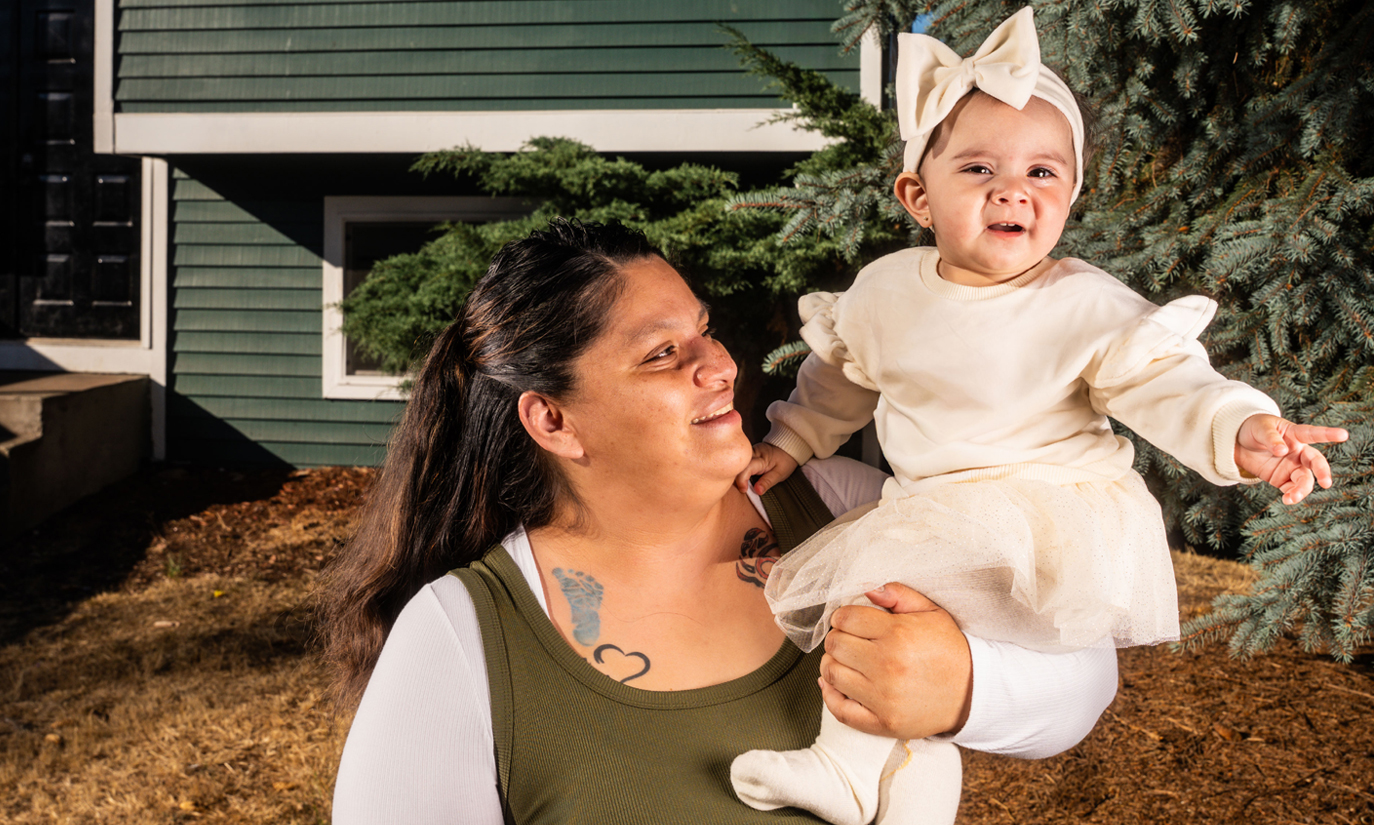
Getting treatment now is one of the best things you can do for your baby and yourself, if you are pregnant and use fentanyl or other opioids. Continued opioid use during pregnancy can lead to complications for the parent and the baby. That includes neonatal abstinence syndrome, or NAS, for the newborn.
Medications are safe during pregnancy.
- Treatment is most effective when it includes medication along with mental, emotional, spiritual, and cultural support.
- Medication can prevent withdrawal and reduce opioid cravings, so you can focus on recovery and caring for your baby.
- Methadone, buprenorphine, and naltrexone are safe during pregnancy and chestfeeding.
- Methadone, buprenorphine, and naltrexone reduce the risk of preterm and low-birthweight births. These medications also reduce the risk of miscarriage.
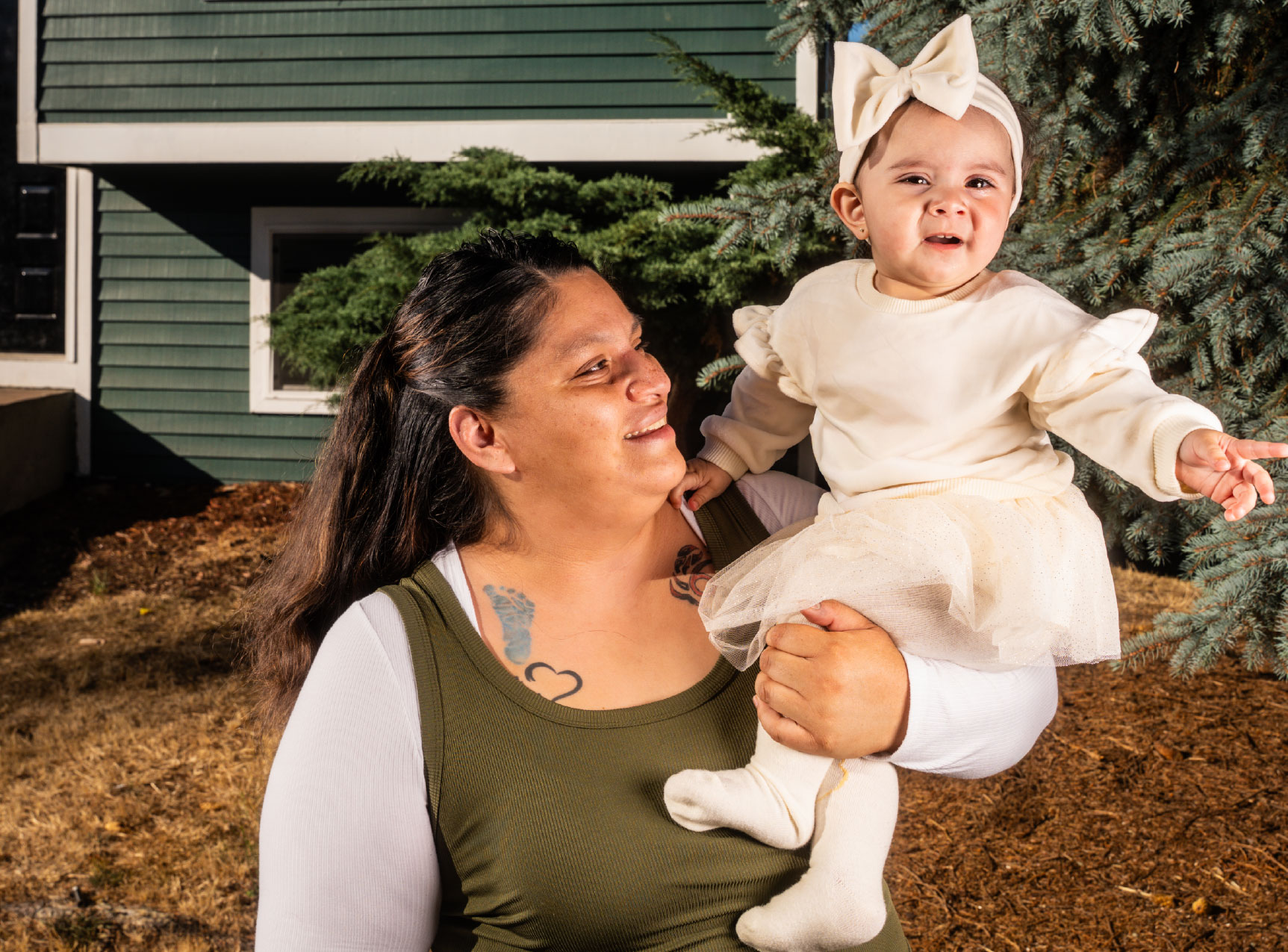
Getting treatment now is one of the best things you can do for your baby and yourself, if you are pregnant and use fentanyl or other opioids. Continued opioid use during pregnancy can lead to complications for the parent and the baby. That includes neonatal abstinence syndrome, or NAS, for the newborn.
Medications are safe during pregnancy.
- Treatment is most effective when it includes medication along with mental, emotional, spiritual, and cultural support.
- Medication can prevent withdrawal and reduce opioid cravings, so you can focus on recovery and caring for your baby.
- Methadone, buprenorphine, and naltrexone are safe during pregnancy and chestfeeding.
- Methadone, buprenorphine, and naltrexone reduce the risk of preterm and low-birthweight births. These medications also reduce the risk of miscarriage.
Ken Choke’s elders taught him to take care of family and community.
When that includes taking care of someone who uses fentanyl, it might mean showing empathy when you are angry. Or listening when you would rather talk. Or being patient when you’re frustrated.
That’s what Ken, a leader with the Nisqually Indian Tribe, tells people who ask for advice when their family members or friends are struggling. He has learned from his own experiences with relatives. What he’s found works best:
Treat them as a human being, and don’t judge them.
And when it’s time for them to start treatment, help them find and start a program that works for them.
Helping people get treatment
Ken Choke’s elders taught him to take care of family and community.
When that includes taking care of someone who uses fentanyl, it might mean showing empathy when you are angry. Or listening when you would rather talk. Or being patient when you’re frustrated.
That’s what Ken, a leader with the Nisqually Indian Tribe, tells people who ask for advice when their family members or friends are struggling. He has learned from his own experiences with relatives. What he’s found works best:
Treat them as a human being, and don’t judge them.
And when it’s time for them to start treatment, help them find and start a program that works for them.
Helping people get treatment

